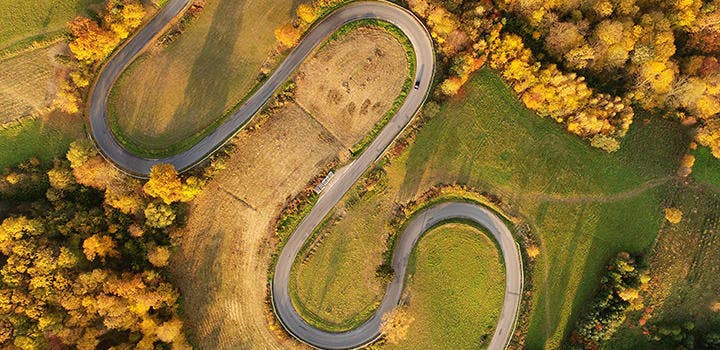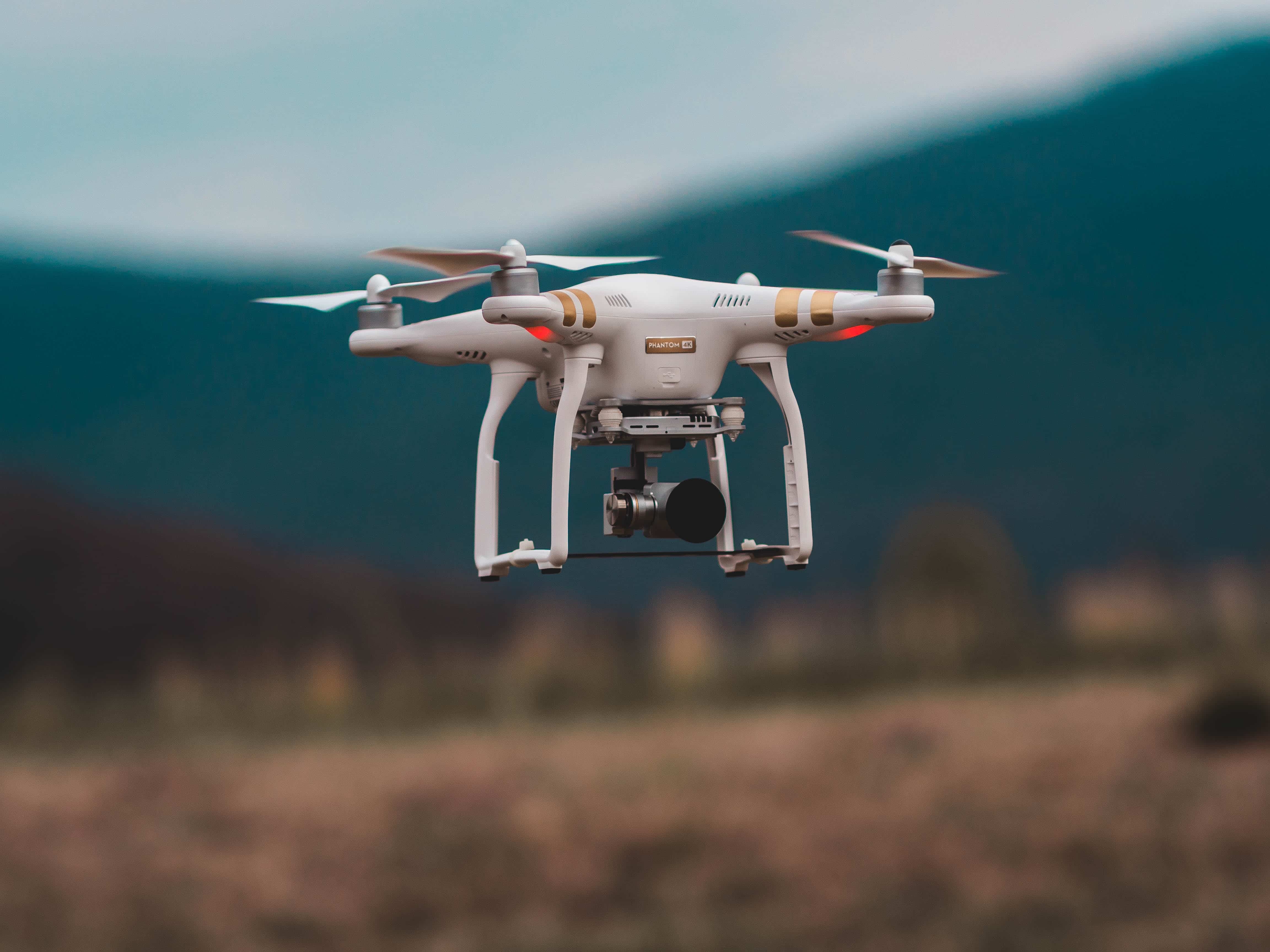Capture Unforgettable Moments with a Expert Drone Photographer
Capture Unforgettable Moments with a Expert Drone Photographer
Blog Article
Transform Your Point Of View: The Art and Science Behind Drone Digital Photography
Drone photography represents a significant junction of imaginative vision and technical technology, making it possible for designers to record viewpoints previously unattainable. Understanding the mechanics of drone modern technology, from tools options to structure techniques, is important for attaining engaging imagery. Additionally, factors to consider such as lights and environmental problems can exceptionally influence the last outcome. As professional photographers refine their abilities in both aerial strategy and post-processing, they unlock a richer narrative potential. What genuinely identifies effective drone digital photography from plain aerial pictures? Discovering this question discloses much deeper understandings right into the craft and its advancing landscape.
Understanding Drone Innovation
Comprehending drone technology is necessary for anyone interested in utilizing its abilities for photography. Drones, or unmanned airborne lorries (UAVs), rely upon a combination of software and hardware to achieve flight and capture imagery. At their core, these gadgets are equipped with sensors, cams, and navigating systems that permit them to fly autonomously or be regulated remotely.
The key parts of drone modern technology consist of the flight controller, which works as the mind of the drone, refining information from numerous sensors to guarantee steady trip. In addition, general practitioner technology plays a vital duty in navigating, making it possible for drones to adhere to pre-defined trip courses and preserve their setting even in challenging conditions.

Additionally, comprehending the regulative landscape surrounding drone usage is important, as it governs where and how drones can be run, making certain safety and conformity. Knowledge with these elements of drone technology encourages digital photographers to optimize their creative possibility while sticking to legal standards.
Essential Tools for Drone Photography
Selecting the right tools is important for achieving extraordinary cause drone digital photography. At the heart of this configuration is the drone itself, which should be selected based upon flight stability, electronic camera quality, and convenience of use. Popular models usually feature integrated high-definition electronic cameras that capture magnificent airborne photos.
Along with the drone, investing in a high-grade camera is crucial. Lots of drones come geared up with video cameras with the ability of capturing in 4K resolution, but also for professional-grade outcomes, think about a drone that permits for interchangeable cams or supports bigger sensors. This flexibility can substantially boost picture quality.
Stabilization is one more crucial element. A three-axis gimbal is recommended for smooth video footage, minimizing vibrations that can diminish picture quality. Moreover, added batteries and a reputable battery charger make certain extensive flight time, enabling even more detailed shoots.
Understanding Structure Methods
Grasping structure strategies is basic to boosting your drone digital photography from normal to phenomenal. A well-composed photo records the visitor's interest and communicates a powerful narrative.
One of the important principles to take into consideration is the regulation of thirds, which includes splitting your framework into a grid of 9 equivalent parts. Placing crucial elements along these lines or at their junctions produces visual passion and equilibrium. In my sources addition, leading lines can direct the audience's eye through the photograph, attracting attention to the subject and adding depth.
One more effective strategy is framing, where natural components such as buildings or trees encase the topic, improving the centerpiece. This method not just supplies context but additionally produces a sense of affection within the scene.

Last but not least, always bear in mind the perspective line. An uneven perspective can sidetrack and detract from an otherwise fascinating picture. By grasping these composition techniques, you can dramatically improve the impact of your drone photography.
Lighting and Weather Condition Considerations
In drone photography, the interaction of lighting and climate can dramatically affect the quality and state of mind of your photos. Optimal illumination conditions are critical; the golden hours-- soon after sunrise and prior to sundown-- supply soft, diffused light that improves shades and minimizes extreme shadows. Throughout these times, the landscape shows up more lively and vibrant, permitting impressive airborne shots.
Conversely, cloudy skies can create a level, low-key palette, yet they can likewise supply even lighting that minimizes comparison and highlights information in the environment. This can be useful for capturing structures in city setups or intricate patterns in nature.
Weather, such as snow, rain, or fog, can also add special elements to your digital photography. Haze can develop a feeling of enigma, while rainfall can improve shades and fill the landscape. It is important to consider the safety of your drone; flying in unfavorable weather conditions can lead to equipment damages or loss of control.
Ultimately, comprehending just how illumination and weather condition impact your aerial shots allows you to choose the perfect conditions for your drone digital photography, ensuring visually striking and engaging pictures.
Post-Processing Idea
After catching magnificent airborne pictures, the following action includes refining those shots with post-processing. This essential phase improves the visual influence of your More about the author photographs, enabling you to highlight the special viewpoints that drones supply.
Start with software application tools like Adobe Lightroom or Photoshop, which supply robust editing capacities. Begin by correcting direct exposure and white equilibrium to ensure that your shades appear lifelike. Use pie chart checks to achieve optimal brightness levels, avoiding too much exposure or loss of detail in darkness.
Next, boost contrast to include depth to your photos. Changing clearness can develop crucial information without presenting sound, which is especially helpful in aerial shots where appearance plays a considerable role. Don't avoid chopping; this can help concentrate the audience's focus on the main topic.
Think about using a minor vignette to lead the audience's eye toward the facility of the image. By understanding these post-processing methods, you can boost your drone digital photography to new heights.
Conclusion

What truly identifies reliable drone digital photography from plain aerial photos? Lots of drones come geared up with cameras qualified of shooting in 4K resolution, but for professional-grade outcomes, consider a drone that enables for compatible cams or supports larger sensors. By grasping these composition methods, you can considerably enhance the effect of your drone digital photography.
In drone photography, the interaction of illumination and climate can considerably influence the high quality and mood of your pictures (aerial photographer spokane). By understanding these post-processing techniques, you can boost your drone photography to new elevations
Report this page